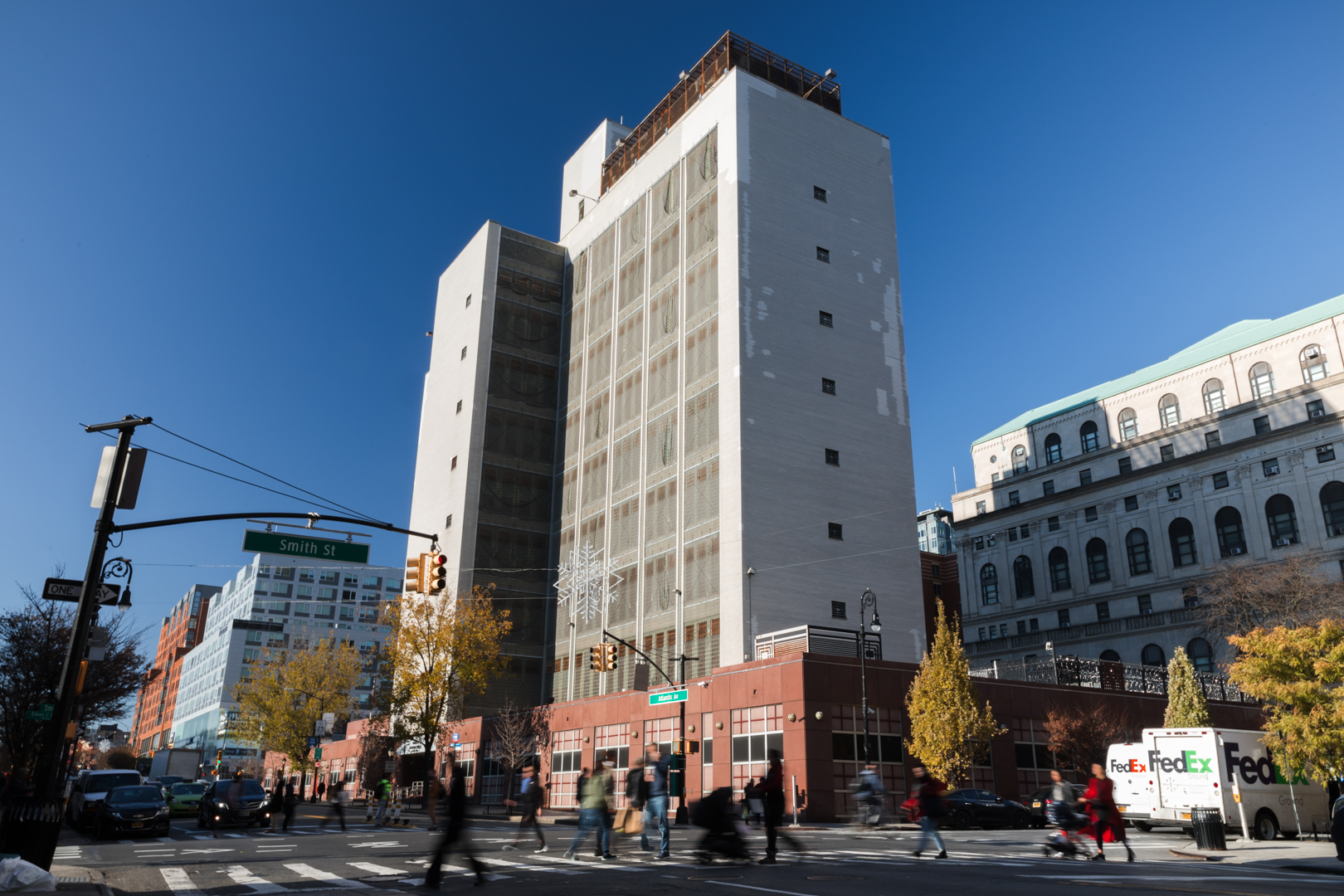Could rolling back bail reform change the plan to close Rikers?

Advocates for closing Rikers and opening smaller borough-based jails are beginning to fret over the push to roll back some of the provisions of the bail law reforms that went into effect on Jan. 1, saying the contentious plan was carefully crafted using population estimates that included the impact of bail reform.
A source at City Council Speaker Corey Johnson’s office told the Brooklyn Eagle there would be no way to predict what might happen to the jail plan if bail reforms are scaled back, since the calculations that went into the plan and the smaller jail model were complex. The source in Johnson’s office declined to be quoted.
Brooklyn Defender Services, which advocated for the bail reforms, cautioned that stepping back on the reforms could put the kibosh on the plan to close Rikers.
